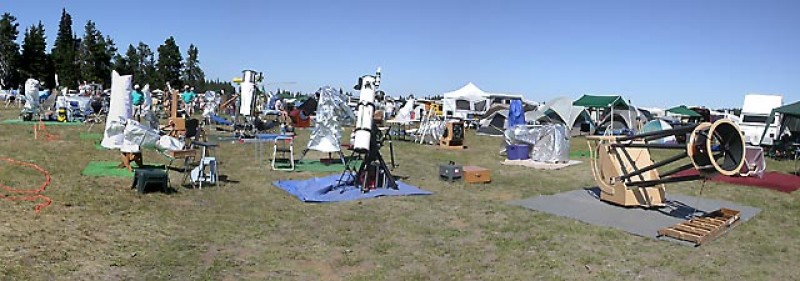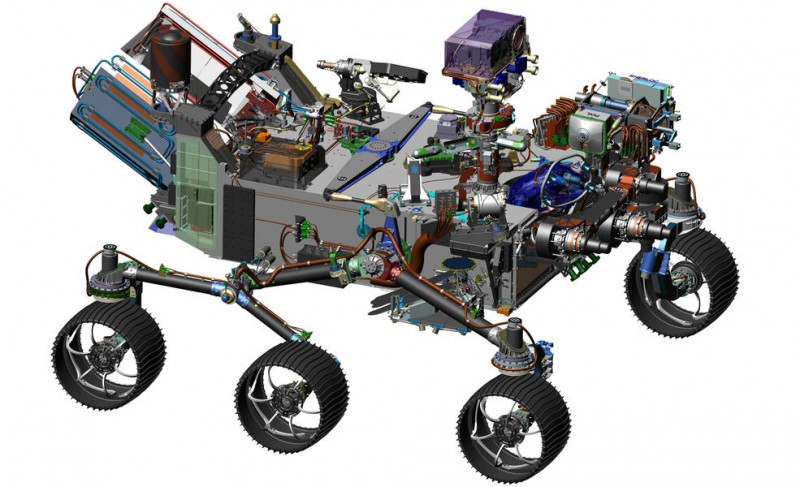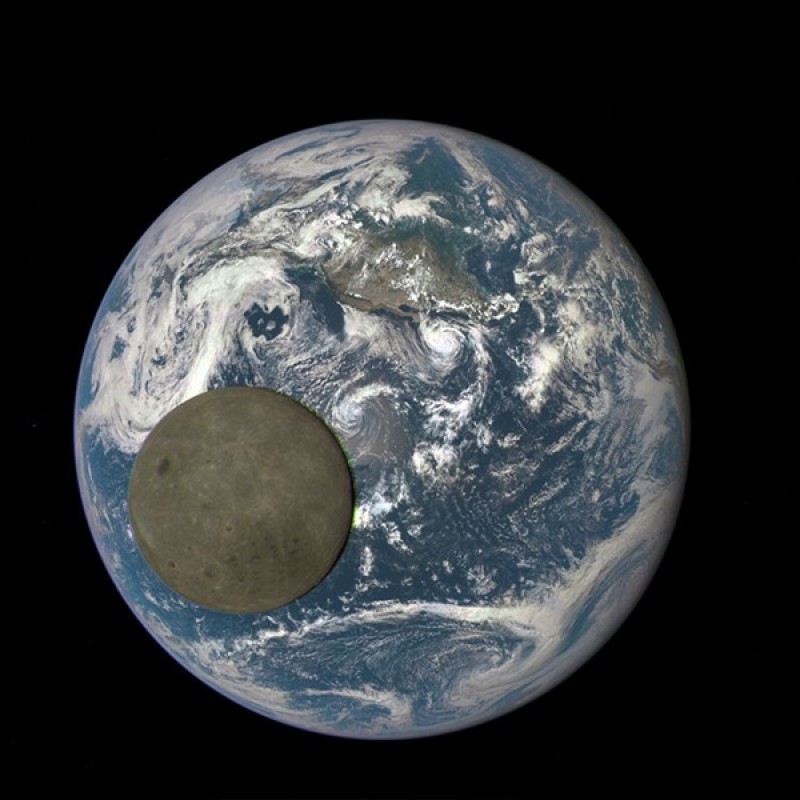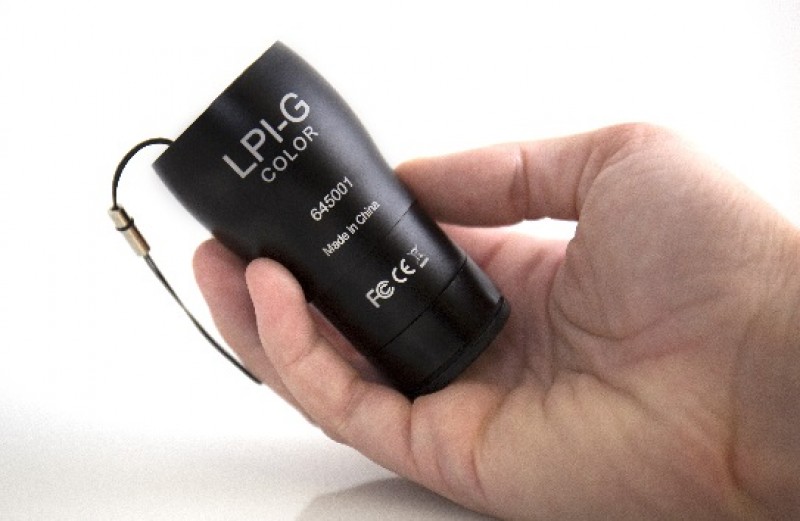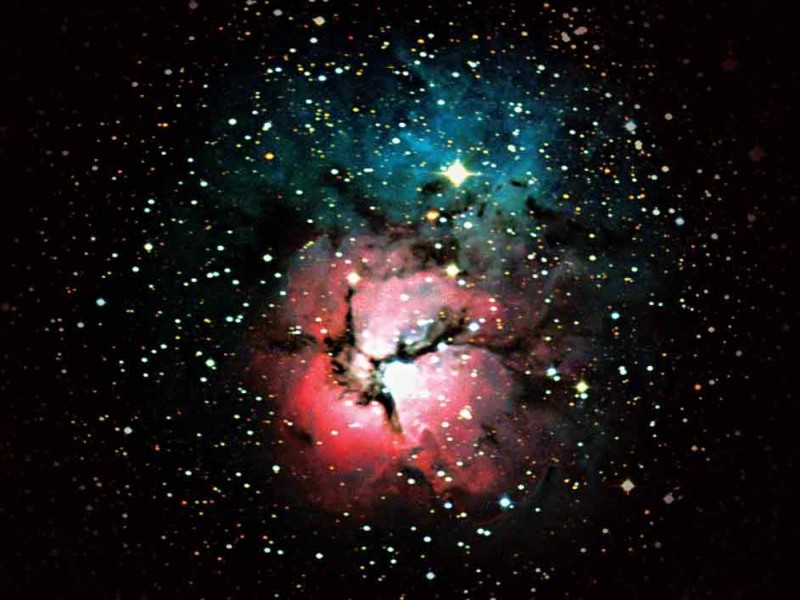Blog
Star Par-tay! Get Your Body to One Now!
Thursday, July 21st 2016 04:49 PM
Star parties are where it's shakin'! Share, show off, learn, have a blast. List of events below. Sky & Telescope photo.
When people think of summertime, they might imagine nights spent toasting marshmallows, listening to cricket chatter, and camping out under the stars with friends. For astronomers, that latter will include pulling out a pair of binoculars or setting up the telescope to enjoy some stargazing without the cumbersome bulk of winter wear. And when astronomers camp out under the stars, sometimes they do it with dozens or even hundreds of strangers, all drawn together by a common fascination with the night sky.
Summer is the high season for star parties, when newbies, amateurs, and professionals alike gather for astronomical observation and conversation. Many astronomy clubs and observatories host single-night star parties for club members and the local public. Some societies also organize annual regional star parties, typically held in remote locatio...
Read More
Read More
Pakistani Teen Uses Astronomy, Internet to Push Boundaries
Tuesday, July 19th 2016 10:28 PM
A 17-year-old amateur astronomer in Quetta, Pakista, using the Internet as a springboard, is pressing the boundaries set for girls in her conservative Balochistan, attracting the attention of the Secretary of the United Nations.
Norina Shah’s interest in astronomy has gained her in-depth knowledge, which she shared on social media especially the microblogging website Twitter. Her posts attracted the attention of the international media, leading to appreciation from UN Secretary-General Ban Ki-moon.
Soon enough, the young girl was interviewed by the UK-based Eduzine Global magazine, which is run by a company dedicated to “empowering, promoting, showcasing and celebrating young people, according to its website. What is truly different about this company is that it is run by disadvantaged and disabled teenagers and young adults across the globe.
Shah is Eduzine’s Global Young Ambassador for South Asia and is mentioned on its webpage as the “brightest star&rdqu...
Read More
Read More
NASA: Your New and Improved Mars Rover Should be Ready in 2020
Friday, July 15th 2016 05:16 PM
Planning for NASA's 2020 Mars rover envisions a basic structure that capitalizes on the design and engineering work done for the NASA rover Curiosity, which landed on Mars in 2012, but with new science instruments selected through competition for accomplishing different science objectives. Image Credit: NASA/JPL-Caltech
NASA is ready to proceed with final design and construction of its next Mars rover, currently targeted to launch in the summer of 2020 and arrive on the Red Planet in February 2021.
The Mars 2020 rover will investigate a region of Mars where the ancient environment may have been favorable for microbial life, probing the Martian rocks for evidence of past life. Throughout its investigation, it will collect samples of soil and rock and cache them on the surface for potential return to Earth by a future mission.
“The Mars 2020 rover is the first step in a potential multi-mission campaign to return carefully sel...
Read More
Read More
NASA Captures Moon Crossing Face of Earth for Second Time
Thursday, July 14th 2016 04:51 PM
An image EPIC took of the transit of the Moon in front of the Earth. NASA photo.
The camera aboard NASA and NOAA's Deep Space Climate Observatory (DSCOVR) satellite captured images of the moon as it passed in front of the sunlit side of the Earth for the second time.
"For the second time in the life of DSCOVR, the moon moved between the spacecraft and Earth,” said Adam Szabo, a DSCOVR project scientist at NASA’s Goddard Space Flight Center in a press release. "The project recorded this event on July 5 with the same cadence and spatial resolution as the first ‘lunar photobomb’ of last year."
The Earth Polychromatic Imaging Camera (EPIC) onboard DSCOVR is a four-megapixel charge coupled device (CCD) camera and telescope that is orbiting at one million miles (1,609,344 kilometers) from Earth at L1 orbit. The mission of DSCOVR is to study the real-time solar wind for the National Oceanic and Atmospheric Administration (NOAA) as the satellite is...
Read More
Read More
First Ever LA MoonWalk unites science and art
Tuesday, July 12th 2016 09:02 PM
Experience an evening of Moon-inspired art and sounds from around the world at the first ever LA Moonwalk to benefit of The Planetary Society and FreeArts.org in Los Angeles August 18 at the Pasadena Civic Auditorium. It is a first ever charity art event and astronomy festival presented by Celestron which is “pulling out all the stops” to curate a Moon-themed party uniting the arts and sciences for a night full of space, music, art and fun.
Special guests and active participants include famed “Science Guy” Bill Nye, CEO of the Planetary Society, actor Robert Picardo, a board member of the Planetary Society, writer/director John Davis, creator of Jimmy Neutron, and more.
Science warrier Bill Nye, left, actor Robert Picardo, right, both of the Planetary Society will be special guests of the first ever LA MoonWalk, presented by Celestron.
Headlining the music will be Joe Normal & The Anytowners, often mentioned in the press alon...
Read More
Read More
Meade Introduces the LPI-G camera and guider
Saturday, July 9th 2016 12:10 AM
Meade Instruments is introducing the LPI-G (Lunar, Planetary - Guide) Camera, a lightweight and compact dual purpose camera or guider that takes the place of your 1.25” eyepiece.
Meade's dual purpose PPI-G camera is light, compact and multi-platform compatible.
It fits in the palm of your hand and comes in either color or monochrome. And in that tight package it has a 1280 x 960 pixel – that’s 1.2 mega pixals with 3.75 x 3.75 micron pixal size -- CMOS sensor with the ability to capture 28 frames per second at full resolution.
As an imaging camera, Meade exclaims, “You'll be taking images of the Moon, planets, and Sun (with appropriate filters) in no time with the high-performance CMOS sensor!”
As a guide camera, the LPI-G is compatible with a number of guiding and imaging programs such as Maxim DL, PHD, and FireCapture.
The LPI-G comes in both monochrome (Moo...
Read More
Read More
Kansas amateur astronomer making a name for himself
Friday, July 8th 2016 09:22 PM
A couple of weeks ago National Public Radio's "Morning Edition" ran a nice radio segment about Gary Hug, a hard core amateur astronomer and winner of the a 2009 Planetary Society Shoemaker Near Earth Object (NEO) Grant.
Except for the optics inside it, Hug built his 22-inch telescope and the Planetary Society Shoemaker grant purchased a STL1001E CCD camera to fit on it. He’s a machinist and also built the rail-mounted roof retraction system that houses it in his backyard observatory he’s apty named the Sandlot Observatory.
The Trifid Nebula, 5,200 light-years away, as shot by Gary Hug from his Sandlot Observatory with his 22" telescope and STL1001E CCD camera.
Hug is making a name for himself, spending most of his observation time tracking so-called near-Earth asteroids.
Hug is one of the more than 30 astronomers who have received hundreds of thousands of dollars in Shoemaker NEO grants to improve their ability to study...
Read More
Read More
Astronomers find evidence of water clouds in first spectrum of coldest brown dwarf
Friday, July 8th 2016 08:00 PM
Since its detection in 2014, the brown dwarf known as WISE 0855 has fascinated astronomers. Only 7.2 light-years from Earth, it is the coldest known object outside of our solar system and is just barely visible at infrared wavelengths with the largest ground-based telescopes.
Now, a team led by astronomers at UC Santa Cruz has succeeded in obtaining an infrared spectrum of WISE 0855 using the Gemini North telescope in Hawaii, providing the first details of the object's composition and chemistry. Among the findings is strong evidence for the existence of clouds of water or water ice, the first such clouds detected outside of our solar system.
Artist's rendering of WISE 0855 as it might appear if viewed up close in infrared light. (Illustration by Joy Pollard, Gemini Observatory/AURA)
"We would expect an object that cold to have water clouds, and this is the best evidence that it does," said Andrew Skemer, assistant professor of astronomy and astrophysics at UC Santa...
Read More
Read More
Astronomy's Next Big Thing: the Square Kilometer Array
Thursday, July 7th 2016 06:23 PM
Radio astronomy is due to take another huge leap forward from late 2016, when the construction of the Square Kilometre Array (SKA) begins. Combining the techniques of radio astronomy, telecommunications, and vast computer power, the SKA will in due course provide a completely new level of information about objects such as distant galaxies.
Advances in computing, telecommunications and radio astronomy techniques is paving the way for the next leap forward in astromony: the Square Kilometer Array
The great leap forward in radio astronomy came in the early 1960s, from a technique peculiar to radio astronomy called aperture synthesis. Radio receivers have a fundamental advantage over optical detectors: they collect radio waves as voltages rather than detecting them as energy. ‘Aperture synthesis’ is the technique by which signals from a large number of different receivers, some separated by large distances, is combined to create the equivalent of a single gi...
Read More
Read More
Watch: NASA's Juno Arrives in Orbit Around Jupiter
Tuesday, July 5th 2016 10:12 PM
After an almost five-year journey to the solar system’s largest planet, NASA's Juno spacecraft successfully entered Jupiter’s orbit during a 35-minute engine burn. Confirmation that the burn had completed was received on Earth at 8:53 p.m. PDT (11:53 p.m. EDT) Monday, July 4.
“Independence Day always is something to celebrate, but today we can add to America’s birthday another reason to cheer -- Juno is at Jupiter,” said NASA administrator Charlie Bolden. “And what is more American than a NASA mission going boldly where no spacecraft has gone before? With Juno, we will investigate the unknowns of Jupiter’s massive radiation belts to delve deep into not only the planet’s interior, but into how Jupiter was born and how our entire solar system evolved.”
Confirmation of a successful orbit insertion was received from Juno tracking data monitored at the navigation facility at NASA's Jet Propulsion Laboratory (JPL) in Pasadena, Calif...
Read More
Read More
